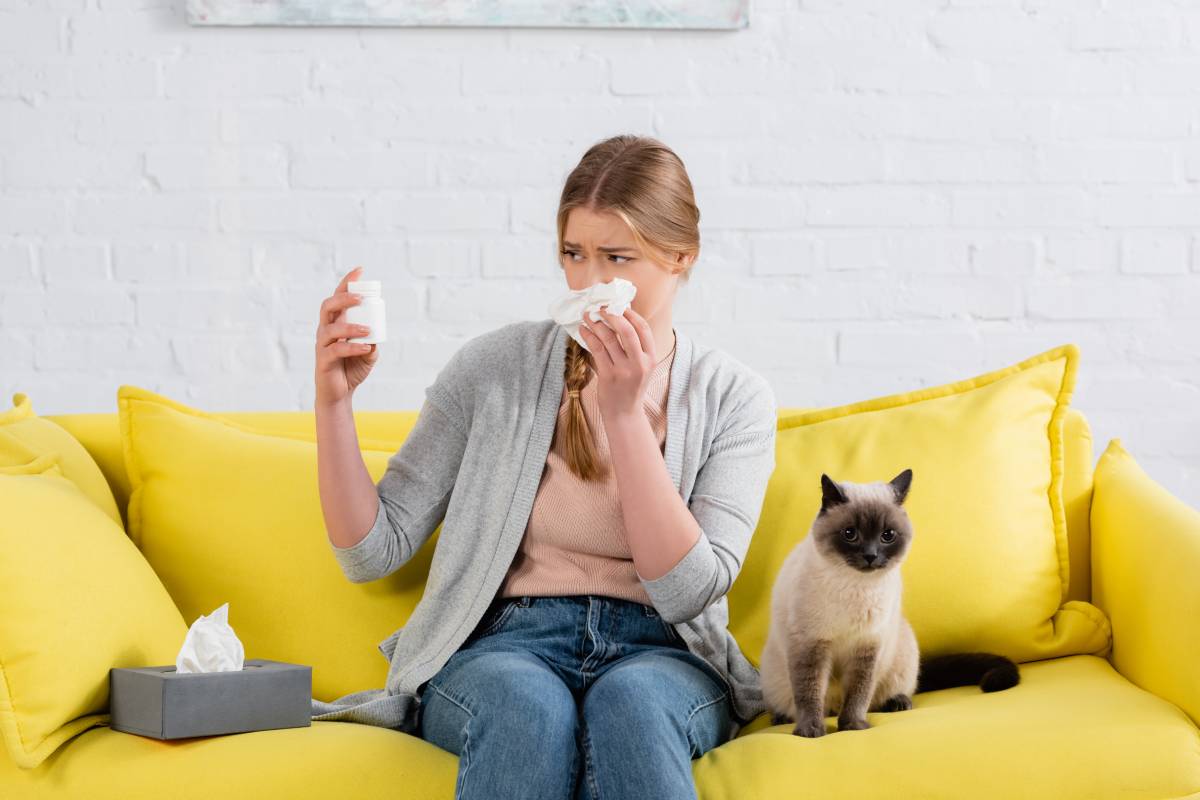
Dust is an inevitable part of indoor living, composed of tiny particles from everyday life dead skin cells, fabric fibers, pollen, and microscopic organisms like dust mites.
While seemingly harmless, dust can be a major trigger for allergies, causing sneezing, itchy eyes, and respiratory discomfort for millions worldwide.
Understanding the link between household dust and allergies is essential to creating a healthier home environment. This article delves into the causes of dust allergies, the types of allergens involved, and practical strategies to manage them effectively.
How Does Dust Cause Allergies?
Dust in the house can cause allergies due to the presence of allergens within it. The primary culprits include:
Dust Mites
These microscopic organisms thrive in warm, humid environments and feed on dead skin cells. Their waste particles are potent allergens, triggering immune responses in sensitive individuals.
Pollen
Pollen particles can enter homes through windows, doors, and on clothing. Once inside, they settle in the dust and can cause seasonal or perennial allergies.
Mold Spores
Dust often contains mold spores, particularly in damp areas. These spores can exacerbate respiratory allergies and asthma.
Animal Dander
Pets contribute to dust with their shed skin, fur, and saliva. Even if you don’t have pets, dander can enter your home in visitors’ clothing.
Cockroach Droppings
Insects like cockroaches can add to household dust with their droppings and body parts, which are known allergens.
When individuals with a predisposition to allergies inhale these allergens, their immune systems overreact, releasing histamines that cause symptoms such as sneezing, coughing, itchy eyes, and respiratory discomfort.
What Are the Different Types of Dust Allergies?
Dust-related allergies, including those caused by cat fur, vary depending on the specific allergen involved. Understanding the different types, such as dust mites, pollen, and pet allergens like cat fur or dander, can help tailor prevention and treatment strategies.
Dust Mite Allergy
Dust mite allergies are among the most common. Symptoms include:
- Sneezing
- Runny or stuffy nose
- Itchy, watery eyes
- Postnasal drip
- Asthma symptoms, such as wheezing and difficulty breathing
Dust mites thrive in bedding, upholstered furniture, and carpets, making these areas critical for allergy management.
Pollen Allergy
Also known as hay fever or allergic rhinitis, pollen allergies can persist year-round if pollen particles become part of household dust. Common symptoms include:
- Nasal congestion
- Sinus pressure
- Itchy throat and eyes
Mold Allergy
Individuals allergic to mold may experience symptoms such as:
- Coughing
- Wheezing
- Skin rashes
- Nasal irritation
Mold allergies are particularly problematic in homes with high humidity or water damage.
Animal Dander Allergy
Pet dander can cause symptoms like:
- Nasal congestion
- Itchy eyes
- Respiratory difficulties
Cockroach Allergy
Exposure to cockroach allergens can result in:
- Persistent coughing
- Nasal congestion
- Skin rashes
This type of allergy is more common in urban areas where cockroach infestations are prevalent.
Do Air Purifiers Remove Dust Mites?
Air purifiers are often touted as an effective solution for improving indoor air quality. However, their ability to combat dust mites specifically requires a closer look.
How Air Purifiers Work
Air purifiers use filters, such as HEPA (High-Efficiency Particulate Air) filters, to trap airborne particles. They are effective at removing:
- Dust particles
- Pollen
- Pet dander
- Mold spores
Effectiveness Against Dust Mites
While air purifiers can reduce airborne dust that may contain dust mite allergens, they cannot directly eliminate dust mites themselves. This is because dust mites primarily reside in fabrics, such as bedding, mattresses, and upholstery, rather than floating freely in the air.
Supplementary Measures:
To effectively combat dust mites, consider the following:
- Wash Bedding Regularly: Use hot water (at least 130°F) to kill dust mites.
- Use Dust Mite-Proof Covers: Encase mattresses and pillows with allergen-proof covers.
- Vacuum with a HEPA Filter: Regular vacuuming with a HEPA-equipped vacuum cleaner can remove dust mite allergens from carpets and furniture.
- Reduce Humidity: Maintain indoor humidity levels below 50% to create an unfavorable environment for dust mites.
Choosing the Right Air Purifier
If you decide to invest in an air purifier, select one with a true HEPA filter and an appropriate CADR (Clean Air Delivery Rate) for your room size. Some advanced models also include UV-C light or ionizers to further neutralize allergens, though these features may not directly impact dust mites.
Practical Tips for Managing Dust Allergies
Managing dust allergies involves a combination of reducing exposure to allergens and maintaining a clean environment. Here are some practical steps:
Control Dust Accumulation
- Dust surfaces regularly using a damp cloth to prevent allergens from becoming airborne.
- Replace traditional curtains with washable blinds or shades.
- Opt for hard flooring instead of carpets, which can trap dust.
Minimize Allergens in the Bedroom:
- Use hypoallergenic pillows and mattresses.
- Wash stuffed toys frequently, or remove them if they are not essential.
- Keep pets out of the bedroom.
Improve Ventilation:
- Use exhaust fans in kitchens and bathrooms to reduce moisture.
- Open windows periodically to allow fresh air to circulate, but avoid this during high-pollen seasons.
Maintain Humidity Levels:
- Use a dehumidifier in damp areas like basements.
- Avoid overwatering indoor plants, as this can encourage mold growth.
Seek Medical Advice:
For severe allergies, consult an allergist who may recommend treatments such as antihistamines, decongestants, or immunotherapy (allergy shots).
Conclusion
Dust in the house can indeed cause allergies, with dust mites, pollen, mold spores, animal dander, and cockroach droppings being the primary culprits. Understanding the specific allergens involved is crucial for effective management.
While air purifiers can play a role in reducing airborne allergens, they should be part of a broader strategy that includes regular cleaning, humidity control, and allergen-proofing your home.
By taking these steps, you can create a healthier indoor environment and reduce the impact of dust-related allergies on your quality of life.

Leave a Reply